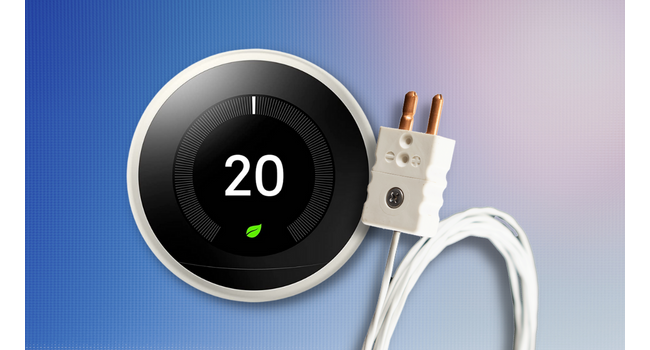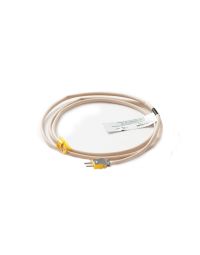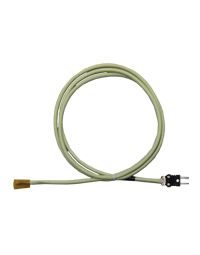Is your temperature sensor in the right spot?
A common question asked by BriskHeat customers is, “where is the best location for my temperature sensor?”
And the answer is......*drum roll*.....It depends on what location is most critical to your application!
Lets break this down further and take a look at home heating systems.
Residential HVAC systems are typically equipped with a single thermostat. In most cases, these are located on an interior wall, about midway between the floor and the ceiling. This provides the best location to measure and control to an average temperature. If it’s located in an area that has afternoon sun, the measured temperature at that location is higher than the average. The furnace will cycle off and the house will be colder than may be desired. What about temperatures in a multi-level home? Since warm air rises, temperatures on the top floor will be warmer than temperatures on a main floor or basement.
How does this translate to process heating?
If the tip of the sensor is located between the heater and the surface of a widget being heated, the sensor will reflect the heater temperature, not necessarily the temperature of the widget. While this protects the blanket from overheating, it may not be the most effective way to heat the widget because the heater will cycle off based on the temperature setting. It will take much longer to heat the widget because of the sensor location.
When heating larger areas that may be influenced by outside factors, using multiple sensors may be the best option. This is an important consideration if you replace your old home thermostat with a “smart” thermostat. Some come with additional sensors that will not only provide temperature measurement in other rooms, but also allow you to choose what sensor is used for control at different times. Think about how you would control temperature in a split-level home when you have multiple sensors available. You might wish to control your HVAC system based on a family room temperature in the afternoon and evening, a bedroom or upstairs hallway at night, and the main floor during the day. Your thermostat control is based on your family’s critical location during different times of the day.
For process heating applications, it is the temperature of the object being heated that is critical. Placing the sensor in contact with the object, close to, but not under the heater, will measure and control the object’s temperature. A high limit switch or an integrated thermostat can be used to ensure the heater does not exceed its maximum use temperature. However, if properly placed, the sensor will protect the heater as well. In the case of curing composites, multiple sensors can be averaged to ensure the material reaches the specified curing temperature without risking the material be over-temped.
Pro tip for everyone:
Remember, just as Insulation in your walls reduces energy usage, insulation around objects being heated helps to keep more heat in contact with the part, decreasing wasted energy. BriskHeat has the products and expertise to assist you in developing a heating solution perfect for your application.














